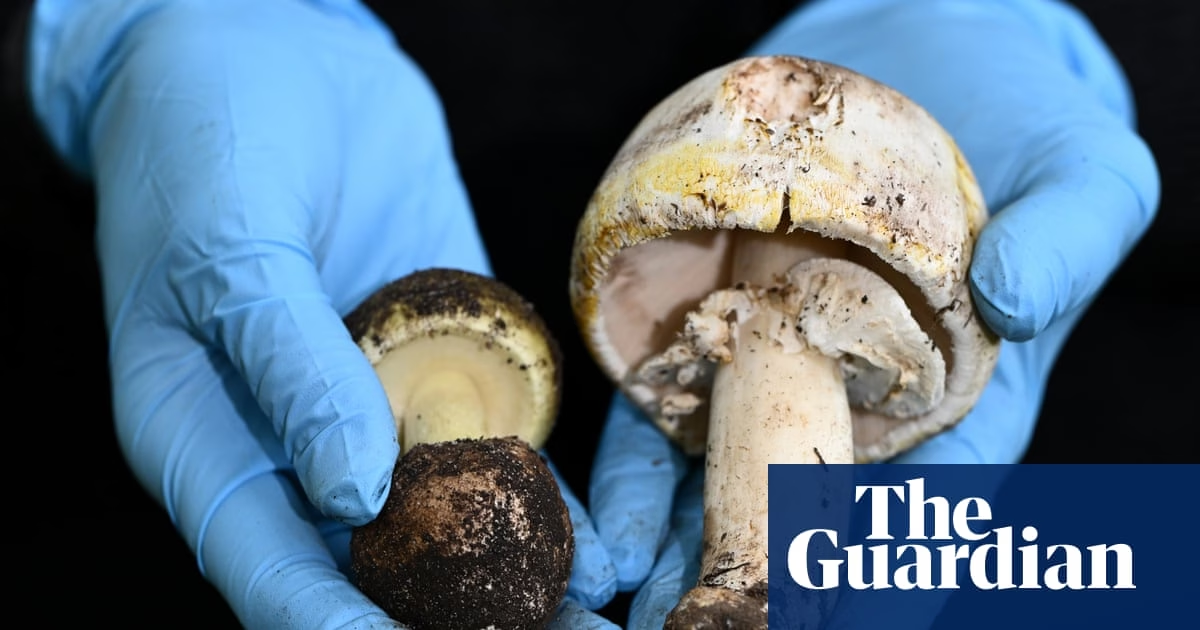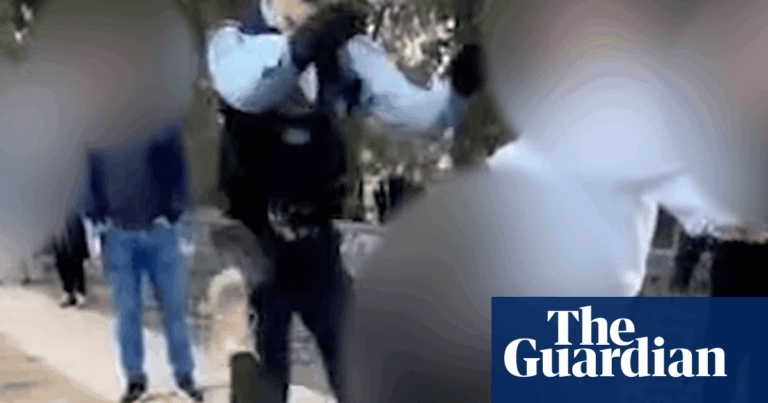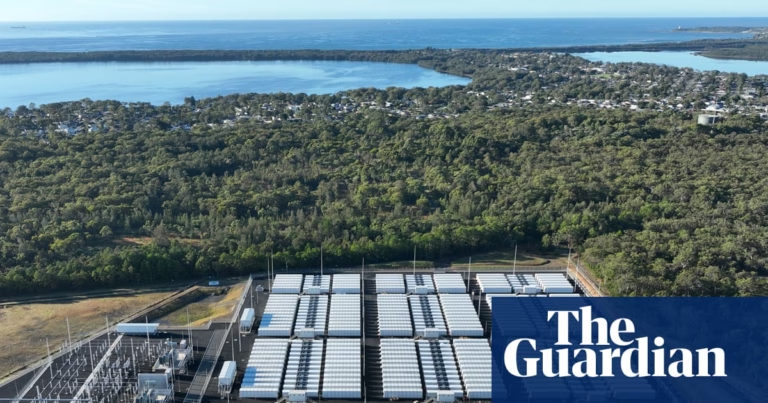Residents of New South Wales and South Australia are being cautioned against consuming wild mushrooms due to a significant increase in the presence of highly poisonous Death Cap mushrooms. Prof Brett Summerell, the chief scientist at the Botanic Gardens of Sydney, mentioned that Death Cap mushrooms, also known as Amanita phalloides, have been found growing in various regions, including Sydney, the southern highlands, southern NSW, and the Adelaide hills. These findings were attributed to the recent high rainfall, and authorities are particularly worried about the risk these mushrooms pose to children.
The NSW Health department is not disclosing the exact locations where these mushrooms have been found, to prevent people from intentionally seeking them out. Prof Summerell noted that these mushrooms can easily be mistaken for edible supermarket mushrooms, making them highly dangerous if foraged. According to Summerell, these mushrooms typically grow near oak trees and in cooler regions, and have been found in areas with established trees in Sydney.
Death Cap mushrooms are highly toxic. It is estimated that consuming half a mushroom can be fatal for an adult, and this species is responsible for a significant percentage of mushroom-related deaths worldwide. In 2023, there were 23 hospitalizations in NSW and the Australian Capital Territory due to mushroom poisoning, including two children under five.
The increase in reports of Death Cap mushrooms coincides with a high-profile Victorian mushroom trial, which has raised awareness about the dangers of these mushrooms.
Death Cap mushrooms were first spotted in Australia in the 1960s and have since spread across different continents, likely due to the movement of contaminated trees. These mushrooms typically grow during late summer to early winter in wet and damp weather. After the 2019/2020 bushfires, there has been an increase in mushroom growth due to the following rainy seasons.
The NSW Poisons Information Centre has reported a 26% increase in calls related to wild mushroom exposure compared to the previous year, with most cases involving symptoms of poisoning. The medical director of NSW PIC, Dr. Darren Roberts, expressed concerns about children under five who have ingested mushrooms while playing outside. He advised parents to regularly check outdoor spaces for wild mushrooms and to remove them promptly.
Symptoms of mushroom poisoning include stomach cramps, vomiting, and diarrhea. Early treatment is crucial for survival, as symptoms can appear up to 24 hours after ingestion. Prof Summerell advised parents to monitor their children, especially around large trees where mushrooms are likely to grow.
Source: https://www.theguardian.com/australia-news/2025/jun/17/death-cap-mushrooms-growing-nsw-south-australia-ntwnfb







